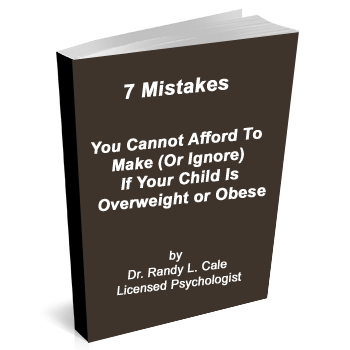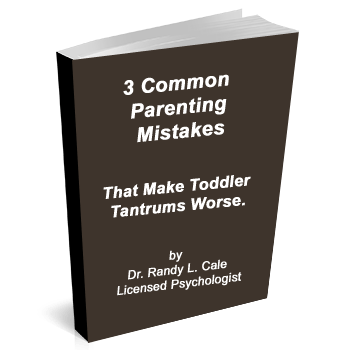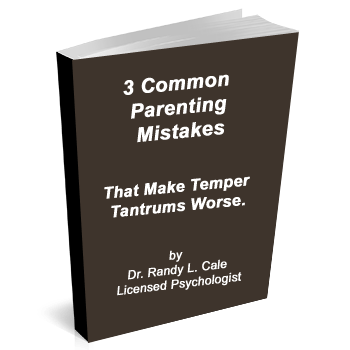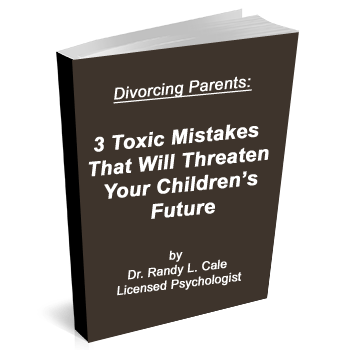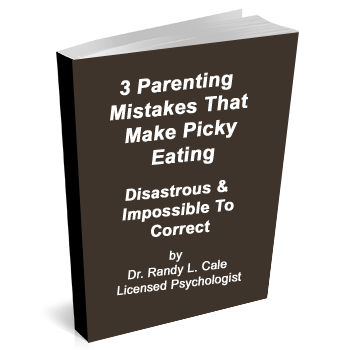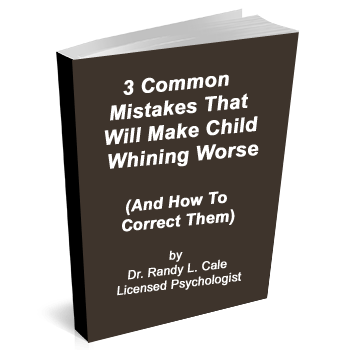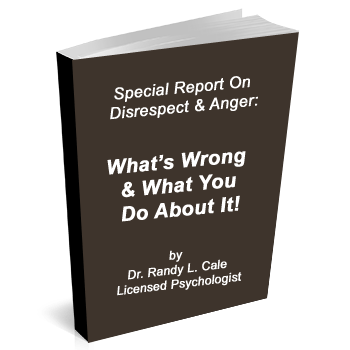When I get emails with a desperate parent asking for help, it is often like the one received this week. Mom wrote, “My son hasn’t listened to me since he was three. Now, at 13, he is a dictator in our home. We all walk on eggshells around him. We have tried medications and therapy, and nothing seems to work. What should I do? Help!”
While the email was a bit longer, asking questions about different types of therapy, other medications, and neurofeedback, the gist of her question is really, ‘Where do I start?’
The Out Of Control Child or Teen
As kids get older and mature with a dysregulated set of behaviors and emotions, home life can get miserable. Equally important, the child’s life is on a trajectory of misery and struggle, and no one wants that for their child. Thus, we must think about what genuinely changes an out-of-control child and that brain that is causing such misery at home (and sometimes school).
Step 1: More of What Hasn’t Worked is Not the Answer
So often, I find desperate parents trying the fifth round of counseling for the child, or they are on the 8th medication. This is not the path I recommend.
Concomitant with that, the focus is often on ‘fixing’ a child who doesn’t want to be fixed. Thus, these solutions often have limited success.
Step 2: Focusing on Your Exhaustion and Burn-Out Will Not Help
Many parents are utterly exhausted and at the end of their rope managing a difficult child. And the more they talk about it, the more exhausted they become. This cannot help.
However, there is a pointer here, and it is a powerful one. The exhaustion points to how dad and/or mom are working way too hard to manage this. I am often highlighting this key lesson:
“At any moment, you can’t work harder than your child for their happiness or success.”
Thus, the essential lesson here is that the exhaustion and burn-out flow from the excessive energy and attention given to the negativity. It’s fundamentally an effort on the parents’ part to control or prevent a bad moment rather than discovering how to teach the child an important lesson at that moment. The natural response is, ‘I can’t help it. I don’t know what to do differently!’
Step 3: Words Do Not Teach Life Lessons. Only Experience Teaches the Important Stuff.
In most circumstances, these problematic moments are a whirlwind of emotions, words, threats, and maybe some feeble attempt at consequences. This never works. All the words and energy on the negative only feed it, regardless of the message.
It’s all about dopamine. When an ugly or sad, or fearful moment gets lots of attention and energy from parents, the child inevitably gets lots of dopamine. What will this do? The huge dopamine release will bind the child to want more of that moment. Literally, the child can be in any state of mind, be it anger, anxiety, sadness, or rage, and the dopamine release that happens from parental engagement is still inevitable. And the consequential effects of that repeated process over time are also inevitable: The child’s brain will unconsciously seek more of that kind of moment to get that dopamine. This is the pattern we must break first if we are to help the dysregulated brain. We cannot feed that dysregulation and stabilize it at the same time.
Step 4: We Must Lead, Not Follow with Our Emotions and Energy.
We must be clear on this. Our emotional states are our responsibility. Not your child’s responsibility.
If your happiness today is dependent upon good behavior from your child, your child now owns you. More accurately, your child’s behavior owns you…your day…your life. This is simply not healthy and can never create the life you want for your family.
Instead, you must take ownership of your emotions and your energy. Don’t give your happiness to your child for their being demanding, whiny, difficult, sad, or anxious. This serves no one.
Understand that good emotional leadership understands that leading by example is mission-critical. We hold our positive states, even when walking away from very negative, ugly teenagers. We hold our positive states while ignoring the whining and complaints that come home from school every day. We hold our positive states even as your child trashes their room because you have set healthy limits.
It is most important to hold the light you want for your child and to model that while misery loves company, you will not be the one to repeatedly align with their misery. You will show them that the healthy, happy world looks elsewhere and awaits the misery to expire before devoting energy to someone. These lessons run against the grain of our culture, but the effects of the cultural momentum are evident to all.
Step 5: Structure is Needed Regardless of Age
Less structure leads to more issues. More structure is related to success and happiness. Yet, too much can also be a problem. Thus, what’s the right formula? In my view, just enough to get the essentials and our desires completed with ease and happiness. The more the structure reflects too much control (based on fear), then the more things turn unhealthy.
This balance, however, is not that difficult if the focus is on the ‘Work, then play’ approach to home management. This model (see TerrificParenting.com) will save you from a plethora of ongoing decisions if implemented with control over the goodies rather than controlling children with words. Notice that this then supports and follows Step 3 above, allowing for the experience to teach instead of words.
More to come next week on the next steps to this excellent question.







